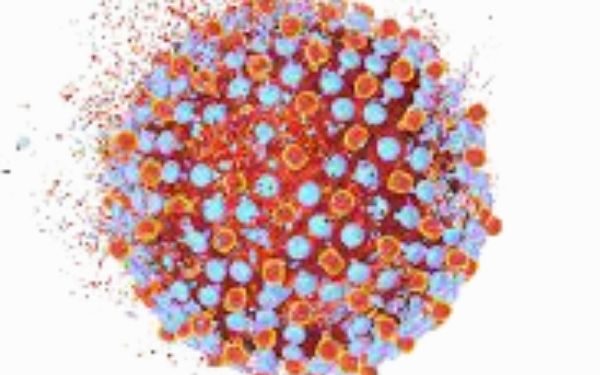PORTLAND, Ore. — A new CDC report shows Oregon has some of the highest hepatitis C death rates in the U.S., the Oregon Health Authority (OHA) announced Monday.
Oregonians are 2.7 times more likely to die from hepatitis C than people in other states. OHA says it’s now the top cause of preventable death from reportable diseases in the state.
Related posts
Hepatitis is liver inflammation usually caused by a virus. In the U.S., hepatitis A, B, and C are most common. All three can trigger symptoms like fever, fatigue, joint pain, and yellowing of the skin and eyes. But hepatitis B and C can also lead to long-term infections.
Oregon’s hepatitis-related death rate is 6.76 per 100,000 people—much higher than the national average of 2.52. Only Oklahoma and Washington, D.C., rank worse, according to the CDC’s 2023 Viral Hepatitis Surveillance Report and the 2025 National Progress Report.
“Hepatitis C is common, dangerous, and often deadly. But the good news is, it’s treatable,” said Dr. Paul Cieslak, medical director for communicable diseases at OHA. “Public health can help people get the care they need.”
Chronic hepatitis C can lead to cirrhosis, liver cancer, and even death. While vaccines exist for hepatitis A and B, hepatitis C has no vaccine—but it can be cured with medication.
OHA says people who use illicit drugs face the highest risk. Hepatitis C is most common among Oregonians ages 20–29. Systemic barriers also put Black, American Indian, and Alaska Native communities at double the average risk.
Though treatment is simple, many still go without care. OHA is urging more community-based screening and better access to prevention and treatment.
A March study by Oregon Health & Science University found rural areas could achieve high hepatitis C cure rates using peer support and telehealth. However, these services aren’t yet widely available.
Peer support workers—those with lived experience using drugs—help build trust and improve access to care. The study showed telemedicine helped cure 63% of patients, compared to just 16% with usual care.
The CDC has set a national goal: cure 80% of hepatitis C cases by 2030. So far, 27% of Oregonians have been cured—below the national average of 35%.
“We’d love to roll out peer support and telehealth for hepatitis C across Oregon,” said Dr. Cieslak.
This article has been carefully fact-checked by our editorial team to ensure accuracy and eliminate any misleading information. We are committed to maintaining the highest standards of integrity in our content.









